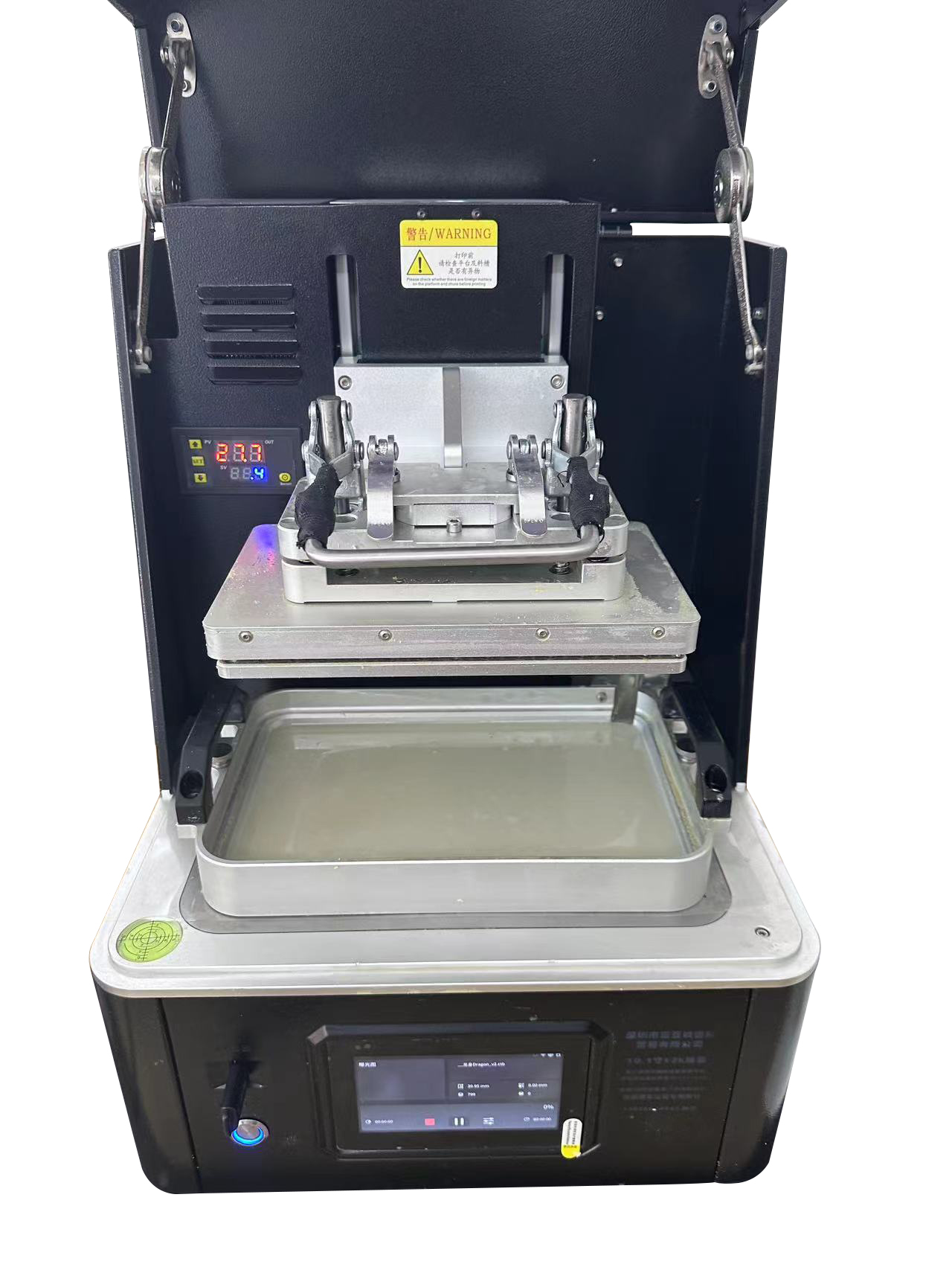Blog
Customization in Dentistry: Personalized 3D-Printed Dental Appliances

In the ever-evolving landscape of dentistry, technological advancements continue to redefine the way oral healthcare is delivered. One such innovation that stands out is the integration of 3D printing technology, allowing for the customization of dental appliances tailored to the unique needs of individual patients.
This article delves into the transformative impact of 3D printing in dentistry, particularly in prosthodontics.
The Rise of 3D Printing in Dentistry
As dental professionals seek to enhance patient care and treatment outcomes, the adoption of 3D printing has become increasingly prevalent. This cutting-edge technology enables the creation of highly customized dental appliances with precision and efficiency.
Unlike traditional manufacturing methods, 3D printing offers unparalleled flexibility in design, resulting in prosthetics that seamlessly integrate into a patient’s oral anatomy.
Personalized Solutions for Individual Patients
One of the primary advantages of 3D printing in dentistry is the ability to create personalized solutions for each patient. Traditional one-size-fits-all approaches are giving way to a more nuanced and patient-centric model.
Whether it’s crowns, bridges, or dentures, 3D printing allows dental professionals to tailor these appliances to match the unique contours of a patient’s mouth. This level of customization not only enhances comfort but also improves the overall functionality of the dental prosthetics.
Precision in Prosthodontics
In the field of prosthodontics, precision is paramount. The use of 3D printing technology elevates the accuracy and fit of dental appliances to unprecedented levels. The digital design process enables precise measurements, ensuring that prosthetics fit snugly and function optimally.
This level of precision not only enhances the aesthetics of the prosthetics but also contributes to the long-term success of the treatment. In order to achieve such precision, prosthodontists utilize advanced digital scanners and software to capture highly detailed images of patients’ teeth and gums.
These scans allow appliances to be expertly contoured for a tailored, comfortable fit. Precision manufacturing techniques also minimize error margins, with state-of-the-art CAD/CAM mills capable of accuracies within 25 microns. Such exacting standards give patients the peace of mind that their prosthetics will have a natural-looking form and function.
Overall, a commitment to precision on multiple fronts has greatly improved prosthodontic rehabilitation outcomes.
Applications of 3D Printing in Prosthodontics
Crowns
Traditional crown fabrication often involves multiple steps and a considerable amount of time. With 3D printing, the entire process is streamlined.
Digital impressions of the patient’s tooth are taken, and a customized crown is printed with meticulous detail. This not only reduces turnaround time but also minimizes the margin for error, resulting in crowns that exhibit superior fit and functionality.
Bridges
The creation of dental bridges is another area where 3D printing shines. The ability to design and produce bridges that seamlessly blend with a patient’s natural dentition is a game-changer.
Patients can now enjoy restored functionality without compromising on aesthetics. 3D-printed bridges offer a level of customization that was once inconceivable with traditional methods.
Dentures
Perhaps one of the most significant advancements facilitated by 3D printing in prosthodontics is in the realm of dentures. Customization reaches new heights as dentists can tailor dentures to match the unique features of a patient’s oral anatomy. The result is a comfortable and natural-looking set of dentures that significantly improve the patient’s quality of life.
Coupons for Prescriptions: A Vital Component in Dental Care
In the quest for optimal oral health, the financial aspect should not be overlooked. Many patients may find the cost of dental treatments and prescriptions to be a barrier.
Here, the integration of coupons for prescriptions comes into play. These coupons can provide significant cost savings for patients, making essential medications more accessible.
For instance, Rx coupons for prescriptions offer a practical solution for individuals seeking affordable dental care. By leveraging these coupons, patients can mitigate the financial burden associated with prescription medications, ensuring they can adhere to their treatment plans without sacrificing their budget.
This initiative aligns with the commitment to comprehensive dental care, addressing both clinical and economic considerations.
Conclusion
In this era of customization, dentistry is evolving into a more patient-centric and accessible field, promising a brighter and healthier future for all. As the dental industry continues to embrace technological innovations, the integration of 3D printing in prosthodontics emerges as a transformative force. The ability to customize dental appliances with unparalleled precision not only enhances patient comfort but also contributes to the overall success of treatments.
